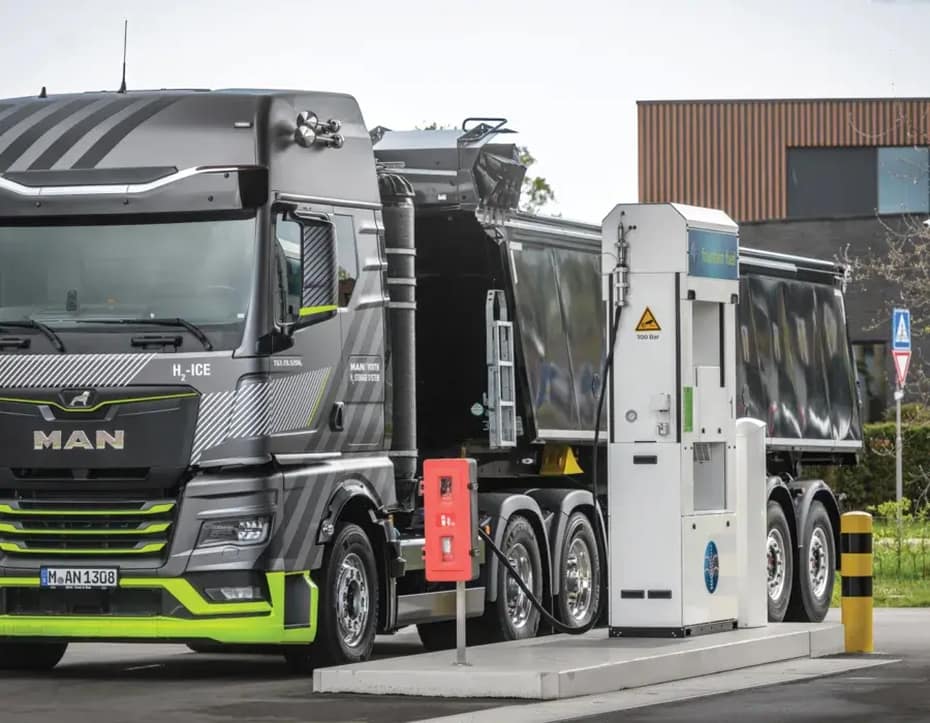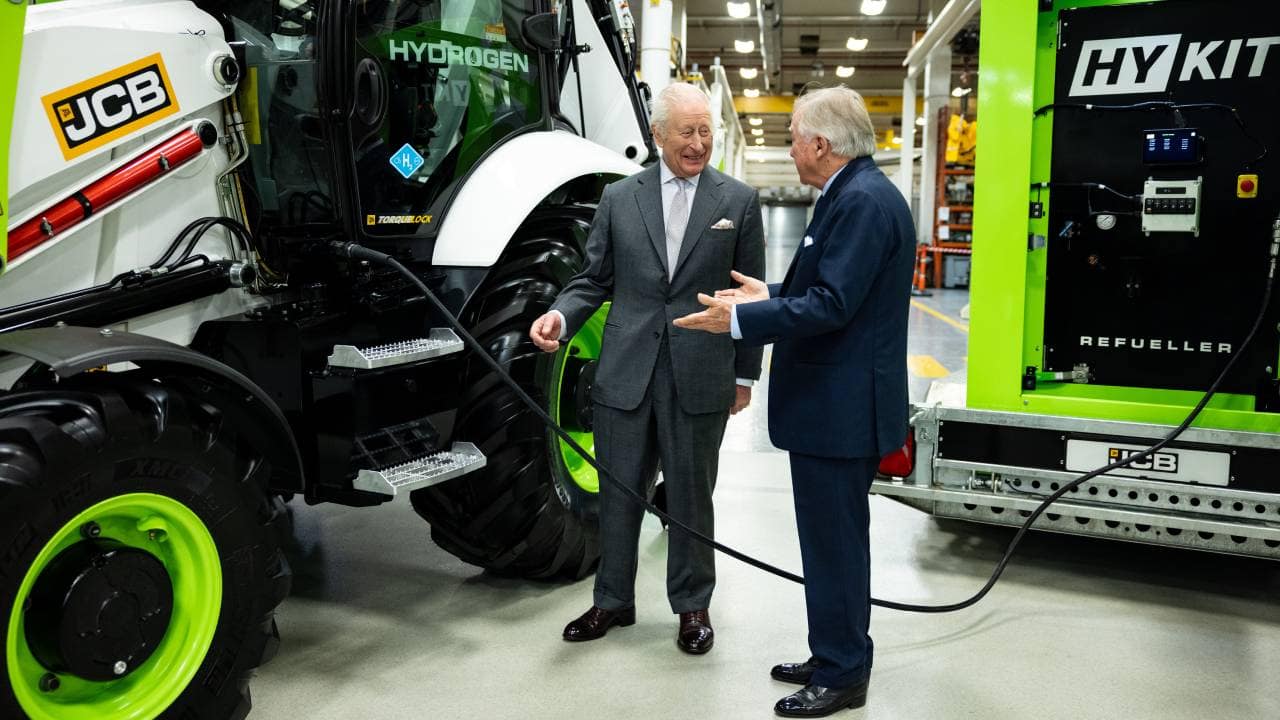EV and Hydrogen Slowdowns 2025: The Reality Check
Abstract — EV and hydrogen slowdowns 2025 aren’t a science failure. Production pauses, layoffs and project deferrals reflect mid-industrialisation cost curves, consumer price sensitivity and U.S. policy whiplash on net zero.

Key Points
- Not a tech collapse: the pause is mainly cost, yields, charging coverage, and station utilisation.
- Demand elasticity: price points and charging reliability drive conversion; hybrids gain share.
- Policy matters: U.S. reversals reduce demand-pull and investment confidence; EU/China stay tighter.
- Action bias: focus on cost-down, corridor-based hydrogen for HDV, and dual-track compliance.
Why EV and hydrogen slowdowns 2025 are happening
Since late-2024, EV and hydrogen players have announced production pauses, layoffs and project deferrals. The evidence points to a three-part story: (1) industrialisation and infrastructure gaps; (2) consumer-side economics and behaviour; and (3) policy whiplash in the U.S., including rollbacks of net-zero-aligned rules. The result is a near-term contraction alongside continued long-run commitments in China and parts of Europe.
1) What actually slowed or shrank?
- Volkswagen trimmed EV output at select plants as demand softened and hybrids gained share.
- U.S. EV makers adjusted headcount and guidance: Rivian, Lucid, and Tesla each executed cost actions through 2024–25.
- Road-transport hydrogen retrenched: Hyzon downsized, Nikola restructured, Germany’s H2 MOBILITY closed low-utilisation passenger stations, and Stellantis pared back LDV hydrogen.
- Flagship supply and pipeline plans slipped: RWE and others reassessed timelines; Europe’s H₂ backbone targets shifted to the right.
- Growth cooled but did not collapse: see the IEA Global EV Outlook 2025.
2) Technology & industrialisation (supply-side)
For EVs, the constraints are less about failed science and more about manufacturing yields, COGS, pack warranty economics, and charging infrastructure. Legacy OEMs have re-sequenced capex to defend margins while working through battery cost curves and software roadmaps.
For road-transport hydrogen, the binding constraint is station utilisation: networks with low throughput struggle to cover opex and maintenance, pushing operators to consolidate along heavy-duty corridors where back-to-base fleets can anchor demand.
3) Consumer-side economics & behaviour
- Subsidy cliffs: U.S. consumer incentives have tightened; see the IRS guidance on clean-vehicle credits here.
- Price points and product mix: premium EVs remain price-sensitive; Chinese OEMs pressure on cost and software; hybrids pick up share as a “no-infrastructure gamble.”
- Charging reality: buyers want reliability and proximity, not just peak kW claims. Patchiness slows conversion even where vehicles and offers exist.
4) Politics & policy: U.S. whiplash on net zero
Policy reversals in 2025 reduce both demand-pull and the confidence to invest at scale. Moves to weaken federal tailpipe rules and to revisit the EPA’s GHG Endangerment Finding reshape compliance math for automakers and tilt programme timing toward hybrids and lower-capex refreshes. Divergence between the U.S. and jurisdictions like the EU (see AFIR) complicates platform planning and siting.
5) Weighing the causes
| Dimension | Evidence in 2025 | Bottom-line effect |
|---|---|---|
| Technology & industrialisation | Battery cost/yields; capex deferrals; H₂ station closures; production pauses | Raises unit cost & risk; slows launch cadence; narrows H₂ to heavy-duty niches |
| Consumer economics | Credit expiry; price sensitivity; charging gaps; hybrid preference | Near-term demand softness outside China; inventory & lease workarounds |
| Politics/policy | U.S. rollback of credits & tailpipe rules; litigation risk | Weaker investment signals; regionally uneven trajectories |
6) Implications (2025–2027)
- De-risk U.S. exposure: re-sequence launches and capex for post-credit demand; focus on trims that clear true mass-market price points.
- Double down on cost engineering: prioritise yield/scrap reduction, pack integration and robust aftersales over speculative “hero chemistries.”
- Targeted hydrogen: concentrate on heavy-duty corridors and depot fleets where utilisation supports station economics.
- Policy hedging: maintain dual-track compliance plans — strict EU/China regimes vs looser U.S. — while monitoring regulatory and court outcomes.
Conclusion
The current pullback is best read as industrial-policy whiplash plus consumer-economics reality, not a collapse of underlying technologies. EV adoption should re-accelerate where cost, infrastructure and policy align (notably China and selected EU markets). In short, EV and hydrogen slowdowns 2025 are a pause and rebalancing, not an endpoint. Hydrogen’s near-term transport role narrows to high-utilisation heavy-duty niches until stations and supply chains can scale economically.
Companies & institutions mentioned
Volkswagen ·
Rivian ·
Lucid ·
Tesla ·
Hyzon Motors ·
Nikola ·
H2 MOBILITY Deutschland ·
Stellantis ·
RWE ·
IEA ·
U.S. EPA ·
EU AFIR ·
IRS Clean-Vehicle Credit
Sources & further reading
- IEA — Global EV Outlook 2025
- BloombergNEF — Electric Vehicle Outlook
- Volkswagen Press Releases (EV production)
- Rivian Newsroom & Lucid Media Room & Tesla IR
- Hyzon News & Nikola Press
- H2 MOBILITY official site
- Stellantis Press Releases
- RWE Press
- EPA — GHG Endangerment Finding overview
- EU — Alternative Fuels Infrastructure Regulation (AFIR)
- IRS — New Clean Vehicle Credit



Pingback: Hydrogen Internal Combustion Engines (H2ICE): Complete Guide to Zero-Carbon Heavy Transport Technology in 2025
Pingback: Hydrogen Heavy Goods Transport: Fuel Cell, Hydrogen Combustion, and Dual-Fuel Pathways for 2025 %pagHydrogen Heavy Goods Transport in 2025 | Fuel Cell, H2ICE & Dual-Fuel Options
Pingback: Hydrogen Cars in Europe 2025: Market Growth, Strategy & Infrastructure Outlook
Pingback: Green Steel and CBAM (EU): Costs, Hydrogen DRI/HBI & Compliance Guide (2025)